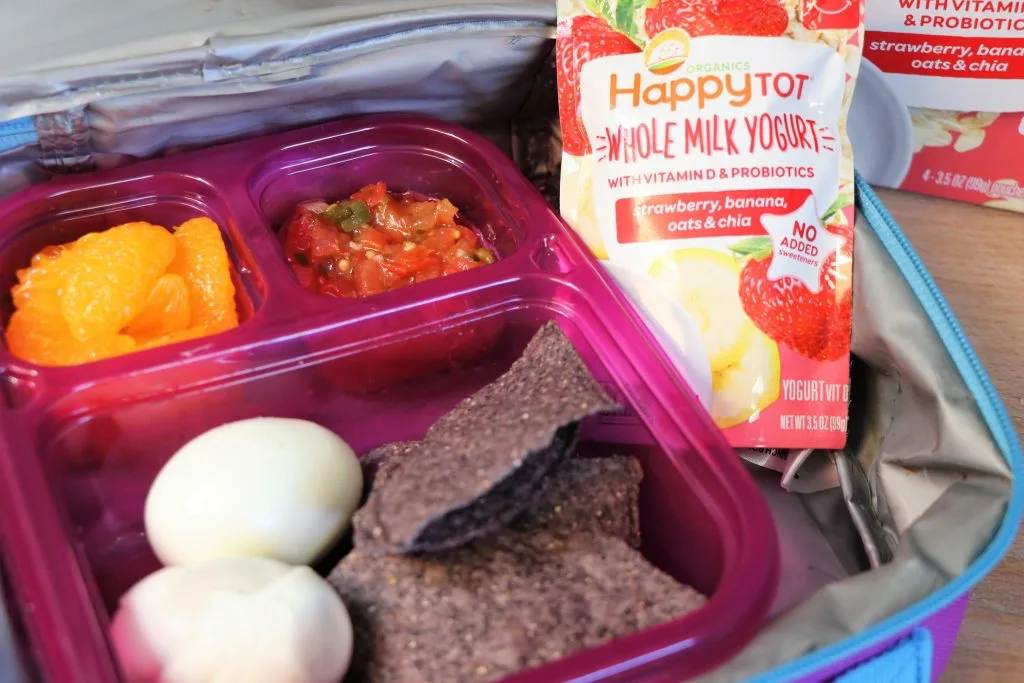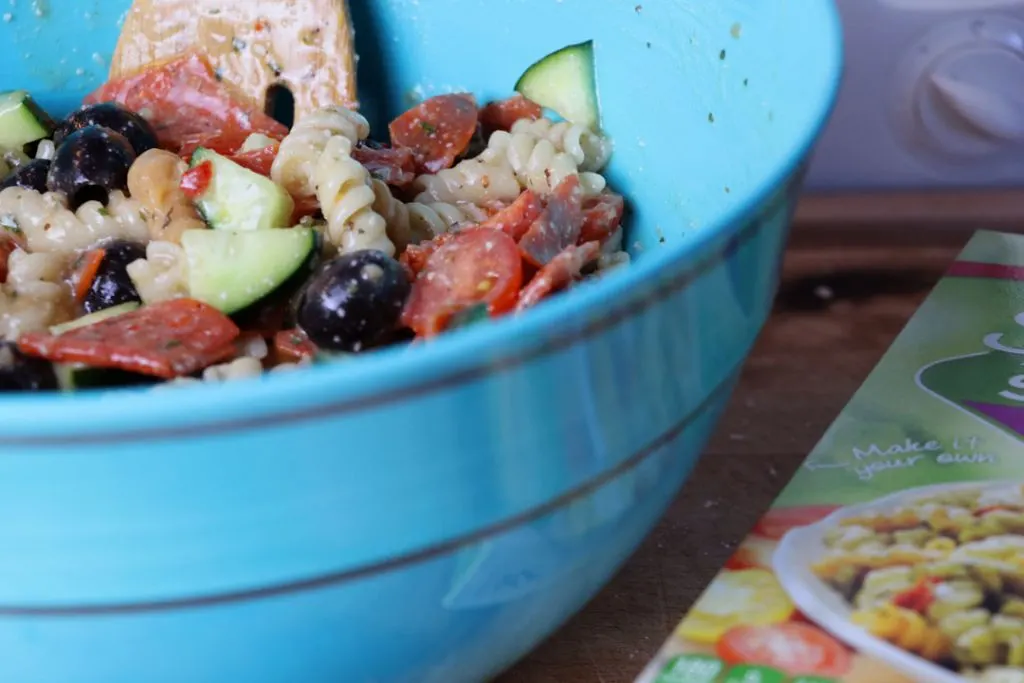If you have kids, you want the best for them in every aspect of life. You want them to have a great education. You want them to have hobbies that they enjoy. You want them to pick up social skills so they can have a broad friendship group and good relationships with others. These are all things that you can help with.

Helping Your Family to Have the Healthiest Lifestyles Possible
Let’s focus on taking care of their physical health and wellbeing. Now, there are countless areas within this broad field to focus on, so we’re going to whittle the information down to a few key areas of interest where you can really help your kids to get off to the absolute best start in life!

Make Sure They Are Eating Their Recommended Calories
Kids are smaller than the average adult so require less food to fuel their bodies. All too often, people serve their kids up to adult size portions, exceeding their recommended calorie intake on a regular basis and resulting in health issues such as obesity. Of course, you shouldn’t obsess over your children’s calorie intake. But you should try to keep their snacks and meals within the recommended guidelines. The recommendations below could help to guide you.
- Children aged 2 to 8 – 1000 to 1400 calories
- Girls aged 9 to 13 – 1400 to 1600 calories
- Boys aged 9 to 13 – 1600 to 2000 calories

Supplying a Healthy Breakfast
Breakfast is often called the most important meal of the day for good reason. It’s what gives you the energy to get through to lunchtime without having to eat extra meals or excessive snacks. When your kid gets up in the morning, you want to set them up for the day ahead in the best way possible and this should include a good, healthy breakfast. Now, many breakfasts targeted at kids aren’t all too healthy.
They’re laden with sugars, artificial colors, artificial flavoring, and unnecessary additives. These are often in the form of breakfast cereals. Instead, why not consider something like oatmeal? You can find plenty of health benefits of eating hot cereal like oatmeal. Not only can they warm your little one, but the oats can also provide a great source of slow-release energy. On top of this, steel-cut oats are a great source of fiber.
You can even add fruit, honey, and seeds to the top of your kids’ oatmeal for extra flavor and to add an extra health kick. If your kids aren’t into oatmeal, you could try whole-wheat toast with delicious, healthy toppings.
Packing Healthy Lunches

If your kids are out of the house at lunchtime, you may want to pack them a healthy lunch so you know that they’re eating well while they’re out of the house. Now, packed lunches for kids can easily become lazy and boring.
All too many parents just put a plain, sparsely nutritional sandwich in a bag with a few snacks. If you have the time available, why not try to make their lunches more varied?
If you’re going to opt for a sandwich, why not make sure that it contains actually nutritious ingredients. Add salad like lettuce, cherry tomatoes, onion, and other green filler. This can help to contribute towards your child’s five a day. Why not consider acold pasta salad?

This can be prepared the night before and could contain veg like tomatoes or peppers – whole or blended into the sauce. You might want to try sushi, which has rice to provide carbohydrates and energy, as well as nutritional fillings like avocado, tofu, cucumber or alternatives. There are countless options out there, so why not get a bit more adventurous?
Cutting Out Junk Food
Of course, kids can have a treat every now and then. The occasional chocolate bar, a slice of cake, a bag of chips or other junk food snack isn’t going to harm them. But you should do your utmost to ensure that they aren’t eating junk food on a regular basis.
Keep takeaways limited to once every two weeks if possible. Opt for healthy snacks over junk food snacks on a regular basis. Some great alternatives include:
- Carrots sticks
- Cucumber sticks
- Other vegetable sticks
- Hummus dips
- Apple chunks
- Fruit
- Peanut butter dips
- Healthier chips such as vegetable, kale, lentil, or sweet potato.
- Granola cereal bars (just make sure to check their sugar content)
Ensuring Your Kids Exercise

All kids should get exercise in their day-to-day routine. In fact, kids should probably exercise more than the average adult. Their schedules allow for it and they’re growing and developing. Generally speaking, kids over the age of six should be getting about one hour’s worth of exercise each and every day.
For some parents, this won’t be something that you even have to spend time thinking about. Your kids will naturally exercise as part of their fun and games. Perhaps they are the outdoorsy type and enjoy running, jumping, climbing, and more. However, for other kids, exercise feels like a chore.
They won’t want to do it and they’d much rather spend their time indoors playing video games, chatting with their friends online, reading or carrying out other less active and more sedentary activities. Of course, you can’t force your kids to exercise. You shouldn’t make them do something that they hate.

But you can make the effort to find a form of exercise or physical activity that they do like and that they’ll enjoy adding to their routines. This is going to be a process of trial and error. If your child doesn’t like a sport or type of exercise, don’t force it. Instead, just move onto the next option and see if they like that any better. Some good ideas include:
- Team sports
- Dance
- Athletics
- Ball sports
- Swimming
Make Sure Your Little Ones Get Their Recommended Vaccines
A number of vaccines are recommended for children to help them avoid getting ill from some of the childhood illnesses that can cause serious problems for them.

These tend to be conditions that are more severe than standard, common childhood experiences such as colds, runny noses or blocked noses. There are plenty of different vaccines that they will require as the years pass, but the guide below should help you to get them started out in the right direction.
If you have any questions about any of these vaccines, contact your healthcare provider or a local pharmacy such as Norland Avenue Pharmacy, where they will be able to provide further information and guidance, as well as the vaccines themselves.
Before the age of 8 weeks
- 6 in one vaccine (protects against diphtheria, hepatitis B, Hib, polio, tetanus and whooping cough)
- Rotavirus vaccine
- MenB
Before the age of 12 weeks
- 6 in one vaccine (second dose)
- Rotavirus vaccine (second dose)
- PCV vaccine
Before the age of 16 weeks
- 6 in one vaccine (third dose)
- MenB (second dose)
1 year old
- Hib/MenC
- MMR (measles, mumps and rubella)
- PCV vaccine (second dose)
- MenB (third dose)
2 – 10 years old
- Flu vaccine (annually)
3 years and four months
- MMR (second dose)
- Pre-school booster
12 – 13 years old
- HPV vaccine
14 years old
- Teenage booster
- MenACWY
Attending General Health Checkups

If your little one ever experiences an injury or develops any symptoms of illness, it’s important that you book them in for an appointment with your doctor as soon as possible.
Even if the injury or symptoms seem mild, a doctor will be able to check your child over and ensure that they are well. If they’re not, the correct medication or treatment can be prescribed to help to get them on the path to recovery. This will make all the difference to their overall well-being.
If nothing is wrong, at least your mind will be put at rest. It’s always best to be safe rather than sorry in these situations. Children may not notice or be able to communicate pain or discomfort and it’s up to you to make sure that they’re seen by a healthcare professional when needed.
If your child is provided with medication, you may want to check with your doctor how to help them take it, how many times a day it needs to be taken and whether it should be taken with food or on an empty stomach.
Of course, these are just a few areas of your child’s wellbeing and development. There are countless other areas that you could focus on too. But these ideas outlined above should really work as good suggestions when it comes to getting the ball rolling and ensuring that your family has the healthiest lifestyles possible.
Don’t put pressure on yourself. These things will quickly become habit, routine and second nature. You just need to start implementing them and focusing on them as and when necessary.

Jessi is the creative mind behind The Coffee Mom, a popular blog that combines parenting advice, travel tips, and a love for all things Disney. As a trusted Disney influencer and passionate storyteller, Jessi’s authentic insights and relatable content resonate with readers worldwide.

What Are THC Edibles -- and Are They Legal? — The Coffee Mom
Tuesday 25th of July 2023
[…] bear, a chocolate bar, or even a cup of tea, THC-infused products have been creating waves in the health and lifestyle […]
Tips On Finding The Right Family Doctor — The Coffee Mom
Tuesday 19th of October 2021
[…] aside from helping your family to have a healthy lifestyle, there is more you can do to care for their health needs. An obvious step is to ensure they have a […]
Family Activity Ideas to Help You Exercise Together — The Coffee Mom
Friday 15th of October 2021
[…] But there are ways to deal with this, and claw back some of your physical fitness. Even better, it will encourage your children to get out and exercise more. But most importantly, your family can spend time together and keep healthy. […]
Top Tips to Help You Upgrade Your Cooking Style for Healthy Eating — The Coffee Mom
Thursday 5th of August 2021
[…] likely reading this because you want to lead a healthier lifestyle. For example, you might be thinking about including more fruit and vegetables in your diet and […]
The Benefits Of Home Pest Control — The Coffee Mom
Thursday 18th of March 2021
[…] Getting rid of pests inside your house also eliminates a lot of allergy triggers, and this makes your home more comfortable to live in and can secure the health of your family. […]